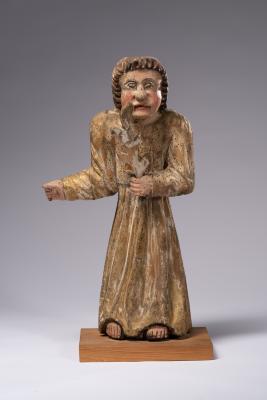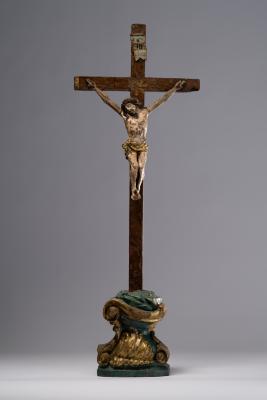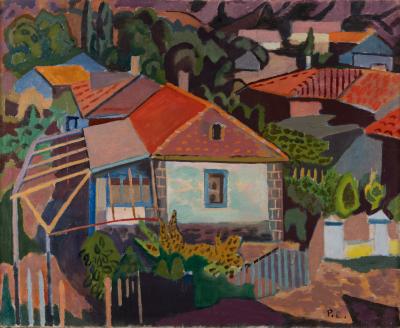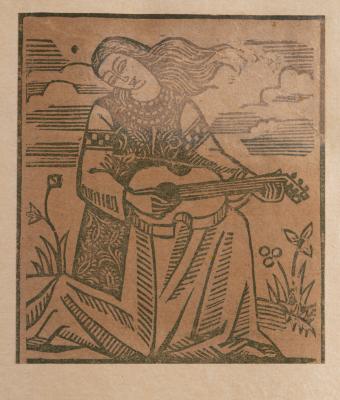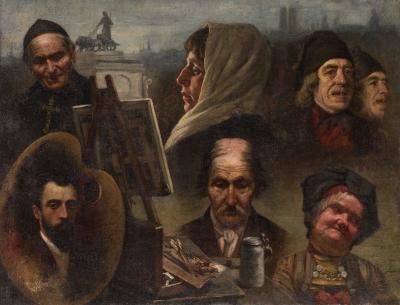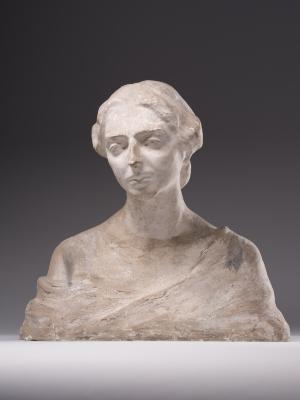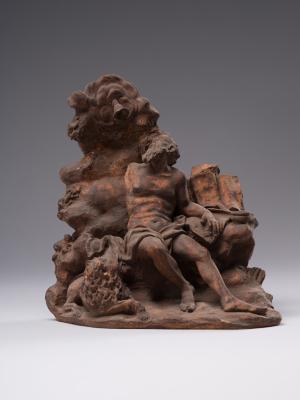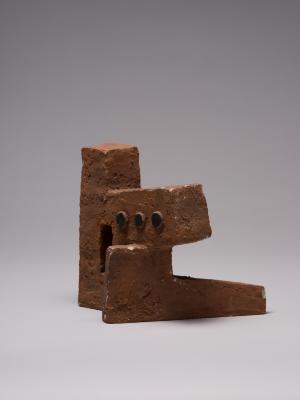The formation of Mykola Hlushchenko's artistic style developed on the ground of European, first of all French, painting of the late 19th and early 20th centuries. Paris, with its various art schools and movements, played a major role in the artist's career. The original "Hlushchenko" style was gradually formed under the influence of the Impressionists Claude Monet and Henri Matisse, the post-Impressionist Paul Cezanne, as well as Pierre Bonnard, a member of the "Nabi" group. The characteristic features of his works were a bold colour, an expressive pattern, as well as brightness and color saturation of the paintings. In his works, Hlushchenko used almost open colors, including spectral or even bright aniline ones. Combining in his palette, at first glance, incompatible things, he went from mechanical mixing of paints to a separate stroke, namely to optical mixing. The colors became "airy", lighter, and less material. Mykola Hlushchenko worked in various genres; the artistic style of his mature years was distinguished not only by the compositions of landscapes, but also by the bright color of still lifes. These are frankly bold works that are full of feeling and a special idea.





